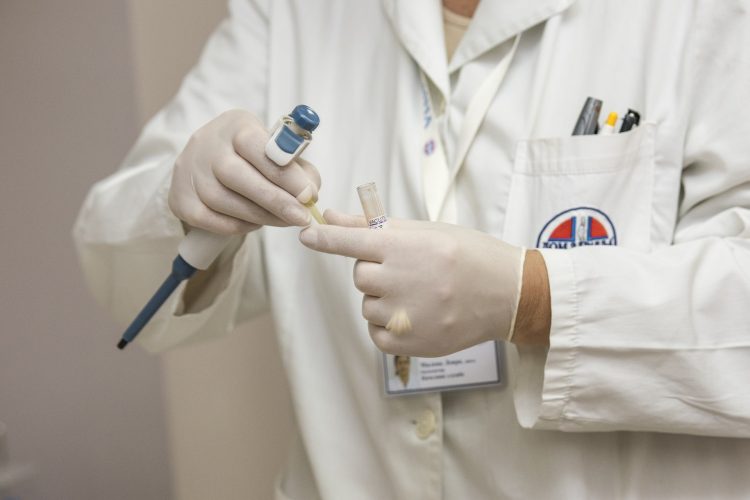Access to healthcare is a critical issue in Alabama, with many residents facing significant challenges in accessing medical facilities and quality care. In this article, we’ll explore the state of healthcare in Alabama, including access to medical facilities, the quality of care, and programs aimed at improving public health.
Access to Medical Facilities
Alabama has a large rural population, which can make it difficult for many residents to access medical facilities. In fact, according to the Kaiser Family Foundation, Alabama ranks among the worst states in the country for access to healthcare. Many rural communities lack basic medical facilities, such as hospitals and clinics, making it challenging for residents to access healthcare services.
Quality of Care
While access to medical facilities is a significant issue in Alabama, the quality of care is also a concern. Alabama has one of the highest rates of preventable hospitalizations in the country, which means that many patients are not receiving the appropriate care before they require hospitalization. Additionally, Alabama has a high rate of chronic disease, including heart disease, diabetes, and obesity, which can be attributed, in part, to inadequate access to preventative care.
Programs to Improve Public Health
Despite the challenges facing the healthcare system in Alabama, there are several programs in place aimed at improving public health. The Alabama Department of Public Health has launched initiatives aimed at reducing the rates of chronic disease and improving access to preventative care. The state has also implemented a telehealth program that allows patients in rural areas to access medical care remotely. Additionally, several universities in Alabama have medical programs that train healthcare professionals and provide healthcare services to underserved communities.
Ways to Improve Healthcare in Alabama
- Increase Access to Medical Facilities – Addressing the shortage of medical facilities in rural areas should be a priority for the state government. This could include building new clinics and hospitals, as well as offering incentives to healthcare providers to work in rural areas.
- Focus on Preventative Care – Alabama should invest in preventative care programs that address chronic diseases and provide education to residents about healthy lifestyles.
- Support Healthcare Professionals – To attract and retain healthcare professionals, the state should offer incentives, such as student loan forgiveness and tax breaks, to those who choose to work in underserved areas.
Conclusion
The state of healthcare in Alabama is a complex issue, with challenges in access to medical facilities and quality of care. However, with the implementation of programs aimed at improving public health and increasing access to care, there is hope for the future. By investing in preventative care, increasing access to medical facilities, and supporting healthcare professionals, Alabama can improve the health outcomes of its residents and create a more robust and effective healthcare system.









